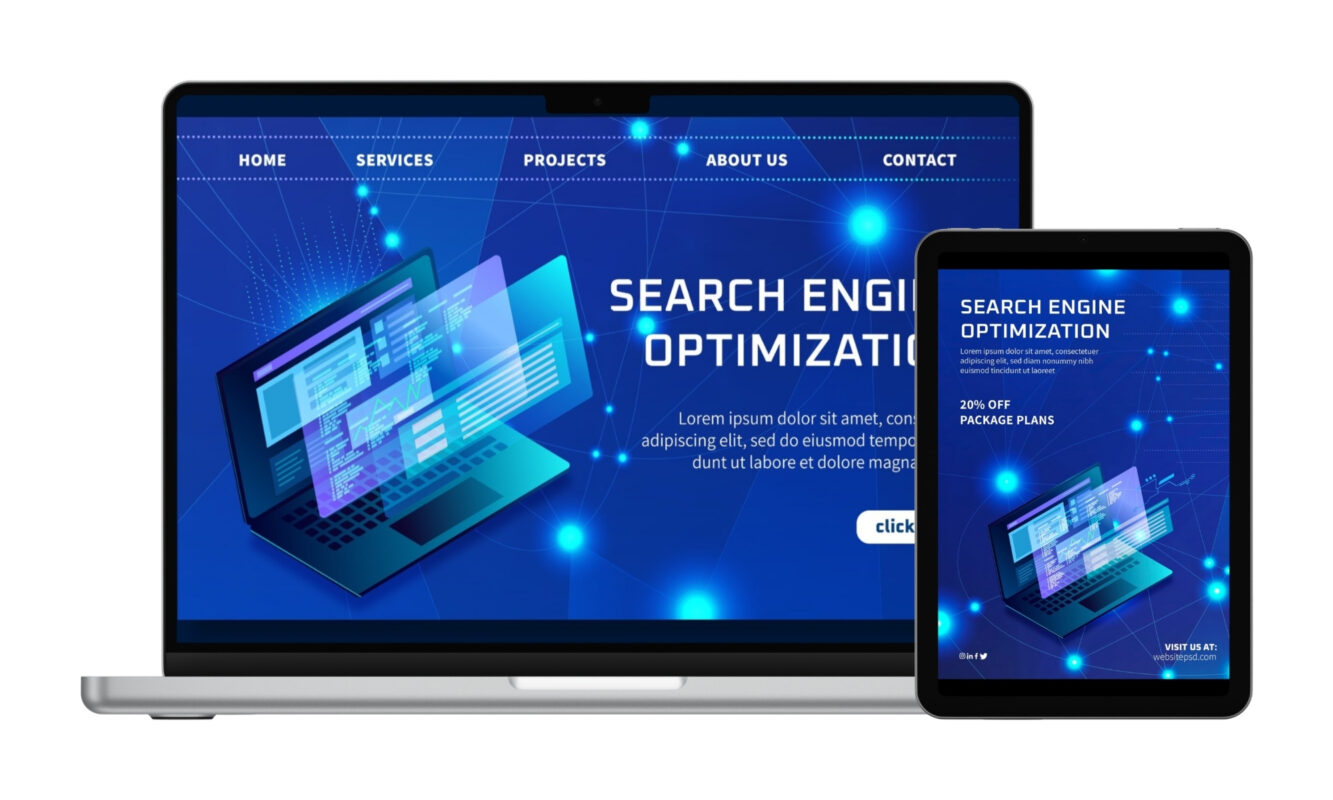Why Website Optimization Matters for Your Business Success
Enhancing User Experience
A well-optimized website offers intuitive navigation, fast load times, and mobile responsiveness, all of which contribute to a positive user experience. When visitors find your site easy to use, they’re more likely to stay longer, explore more pages, and ultimately convert into customers. This seamless experience fosters trust and encourages repeat visits, essential factors for sustained business success.


Boosting Search Engine Visibility
Search engines prioritize websites that are optimized for performance and relevance. By implementing effective SEO strategies—such as keyword optimization, meta tags, and quality content—you enhance your site’s visibility in search results. This increased visibility drives organic traffic, reducing reliance on paid advertising and improving your return on investment.
Increasing Conversion Rates
Optimization techniques like clear calls-to-action, streamlined checkout processes, and personalized content directly impact your conversion rates. By analyzing user behavior and making data-driven adjustments, you can identify and eliminate barriers to conversion, leading to increased sales and revenue.


